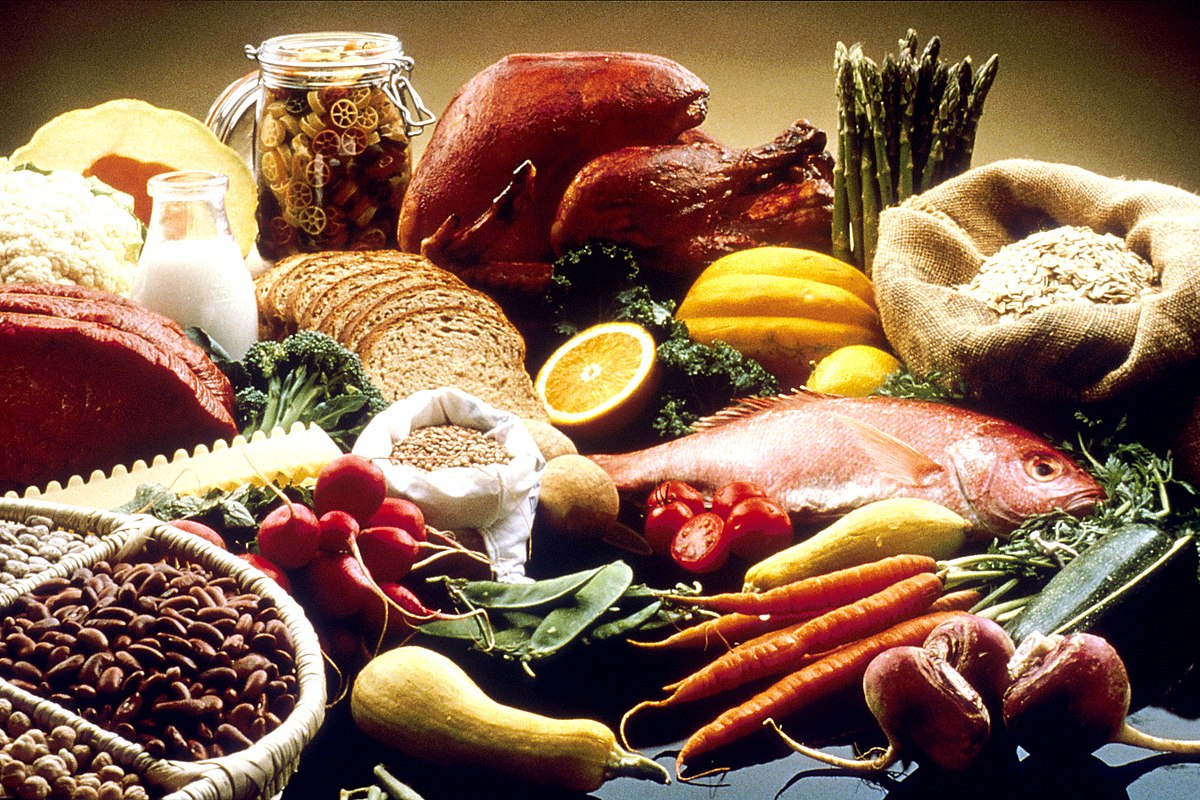In an era defined by rapid globalization, technological innovation, and ever-evolving consumer palates, the world of food is changing at a pace we’ve never seen before. What we put on our plates has become more than just a necessary component of survival—it’s a reflection of culture, identity, and aspirations. The modern-day consumer values experiences that are not only delicious but also distinct and responsible. As we look to the future of cuisine, two critical elements are taking center stage: quality and uniqueness.
The Rising Importance of Quality
-
Consumer Awareness
With the internet at our fingertips, consumers can instantly learn about the origin of an ingredient, its nutritional profile, and even its carbon footprint. This access to knowledge drives a heightened awareness of what “good quality” entails. People want to know where their food comes from, how it’s harvested, and whether it meets certain standards for safety, ethics, and sustainability. -
Health & Wellness Boom
A renewed emphasis on health and wellness has created a demand for wholesome, nutrient-rich options. Processed foods laden with artificial additives no longer hold the same appeal, especially to younger generations that are becoming increasingly health-conscious. Quality ingredients often go hand in hand with cleaner labels and fewer preservatives, helping build trust and loyalty. -
Transparency & Accountability
The push for higher quality is also about transparency. Brands and restaurants that openly showcase their sourcing practices and demonstrate responsibility in their supply chains are more likely to earn customer loyalty. In a socially connected world, a single post revealing dubious sourcing methods can ruin a business’s reputation. This high-stakes environment propels the pursuit of excellence and honesty in food production.
The Allure of Uniqueness
-
Instagram-Driven Food Culture
Social media has changed the way we experience and share food. Colorful, imaginative, and “Instagrammable” dishes ignite curiosity and often go viral, encouraging diners to seek out novel foods and flavors. The visual element of “unique” cuisine fuels experimentation—chefs and food creators are constantly trying to outdo one another with eye-catching presentations and unexpected flavor combinations. -
Adventurous Palates
Globalization has made it easier for people to travel the world—or to experience new cultures through their local restaurants—and this has cultivated a spirit of adventure in eating. From Korean-Mexican fusion to innovative plant-based meats, consumers are enthusiastic about trying something they’ve never had before. When done well, unique offerings help brands and restaurants stand out in a crowded marketplace. -
Cultural Appreciation & Storytelling
Food is a powerful story-telling medium, carrying with it the heritage and traditions of its origin. Consumers increasingly seek meaningful narratives behind their meals. From single-origin chocolates that highlight the uniqueness of specific regions to artisanal cheese made with centuries-old methods, unique products can educate and inspire as they delight the palate.
Intersection of Quality & Uniqueness
It’s not just about being “high-end” or exotic for the sake of novelty. True success in today’s culinary world involves finding that sweet spot where quality meets uniqueness. It might mean sourcing rare, ethically grown ingredients to create a dish that tastes like nothing else on the market. Or it could be as simple as elevating a classic recipe by using the freshest, most carefully selected produce available. The key is authenticity—when a product or dish feels genuinely thought-through and responsibly made, people notice.
How to Embrace the Future of Food
-
Sourcing With Intention
Whether you’re a home cook, a small-scale business, or a high-profile restaurant, sourcing is everything. Seek partnerships with local farmers, fisheries, and artisans who prioritize sustainable and ethical methods. Consider the environmental impact at every step, from packaging to transportation. -
Innovating Fearlessly
Culinary breakthroughs come from bold experimentation. Fusion cuisine, plant-based proteins, alternative sweeteners—these represent frontiers that spark interest. Chefs and entrepreneurs should keep pushing boundaries, keeping an eye on quality at every turn. Innovation doesn’t mean losing tradition; it’s about using new techniques and perspectives to enrich the culinary conversation. -
Telling the Story
Your product or dish becomes more compelling when consumers know its background. Highlight the journey of the ingredients, the people who produced them, and the cultural or historical significance behind the recipe. Sharing these stories fosters a deeper emotional connection between the consumer and the food. -
Fostering Community
Food has always been about bringing people together. In a digital era, creating communities online and offline can help build a loyal following around your brand or idea. Host tasting events, encourage user-generated social media content, and engage with your audience’s feedback to continually refine and improve.
Looking Ahead
The future of food promises to be an exciting tapestry woven from bold flavors, ecological responsibility, and a profound respect for quality. As consumers grow more discerning, uniqueness will remain a driving force, pushing chefs, innovators, and brands to challenge the status quo and create something truly memorable. At the heart of all this is a renewed commitment to quality, recognizing that great taste starts with great ingredients, conscious methods, and transparent practices.
In the grand scheme of gastronomy, the future flavor landscape will be shaped by those who dare to experiment while upholding the highest standards. It’s a balancing act between honoring tradition and inviting innovation—a journey into uncharted culinary territory where each bite tells a story of thoughtfulness, care, and creativity.
Embrace this future by focusing on what truly matters: sourcing ethically, crafting creatively, and sharing passionately. In doing so, you become part of the movement that defines tomorrow’s food world—one where quality and uniqueness aren’t just optional but essential ingredients to every dining experience.

Comments (0)
No comments yet. Be the first to comment!